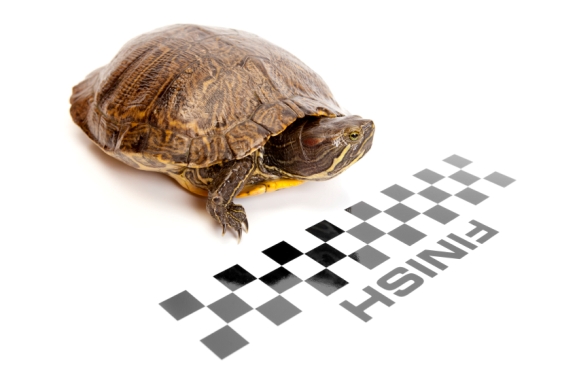SR&ED Supporting Documentation – Getting from Point A to Point B

Establishing clear processes on how to document your SR&ED process should always be the first step in your project’s journey. It can make all the difference in the end result of your SR&ED project claim–a cool, calm and collected photo finish vs. a chaotic, mad dash at the last minute.
How to Create an SR&ED Documentation Process
Begin with the end in mind.
Getting the maximum claim amount back using SR&ED is possible; however, it requires a little advance planning. Simple errors and a lack of forethought can turn a fairly simple process into a lengthy, unnecessarily complicated ordeal. Understanding where you’d like your SR&ED journey to ideally end (with the highest return possible) will help establish key processes and milestones that will see your project through from inception to successful completion.
SR&ED Supporting Documentation: What do you need?
How you present the information will depend on the approach that you take, but when it comes to determining which information is relevant, think about how you will file for your SR&ED tax credit. To ensure success, be sure to include the following information:
- What did you want to create in terms of product and technology? Decide and write this down. The more specific you can be at this stage, the better. This is also known as the hypothesis. Make sure that you have this information in writing and that it is updated as the project progresses or pivots.
- What was state-of-the-art when you started the project? Find out and write it down. What existing products did you research, which industry professionals did you speak with, and so on? This information acts like the birth certificate for the project, so keep records of your searches and discussions, photograph brainstorming sessions, and above all keep notes no matter how rough.
- What happened over the course of the project? Track it. Often. Focus on the enabling technology that has to be built, integrated or modified. A beer-stained napkin with chicken scratch calculations and diagrams if dated and signed are eligible. (Meticulous notes and neatly organized charts are obviously preferable, but no one’s perfect!)
- Where were the results? Keep track of test and build results. The most important are what impact the test results had on the project’s trajectory going forward.
- Is your SR&ED project’s evolution clearly documented in real-time? When possible, build meeting notes into your technical narrative that briefly record what was done, what was planned, and what obstacles were encountered. Changes to design should be captured along with the initial reason for the change. Brief notes captured in real time have tremendous value during a review and for patent purposes.
-
- Meeting notes actually make it easier for auditors to review and understand a project, the development processes, what problems arose, and who was responsible for which activities. Keep these notes short, focused and briefly summarized. Well-captured meeting notes or status summaries can be the basis for the write-up of the work performed section.
Summary: Three Essential Principles for SR&ED Project Documentation
1. Have a process for documenting your work;
2. Track the information at strategic (decision or pivot) points; and,
3. Be consistent in your tracking methods.
A clearly defined development process with timely, summarizing documentation helps prepare supporting documentation in real time. If you and your project team follow a consistent documentation process, preparing your SR&ED technical narrative at the end of the year becomes infinitely easier–you’ll simply have to select the information that best shows project eligibility, arrange it in a logical manner, edit it to ensure clarity, and then file your claim.